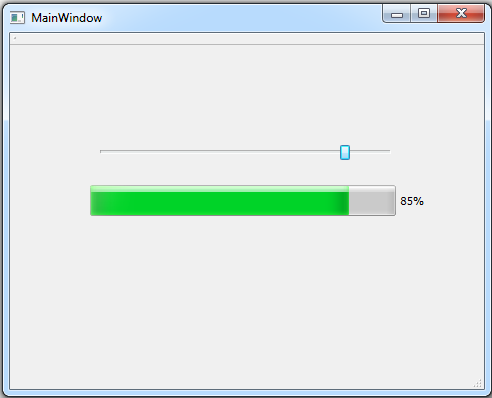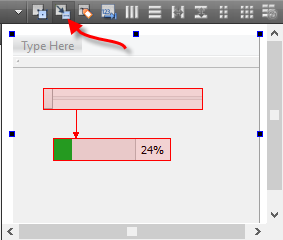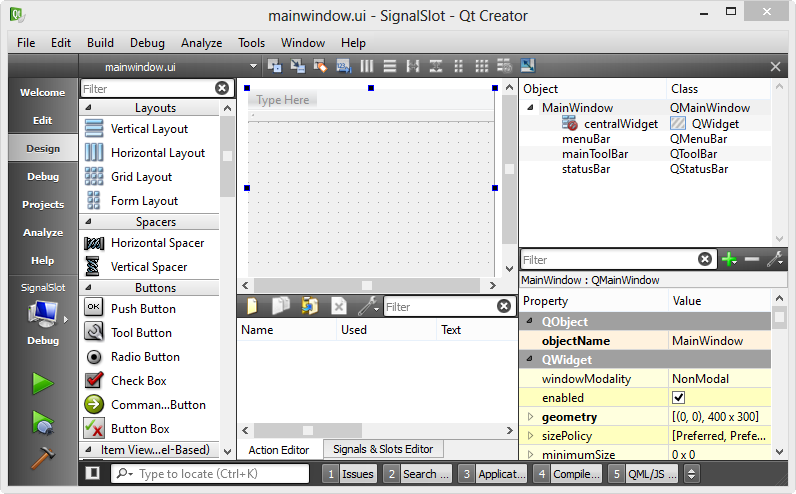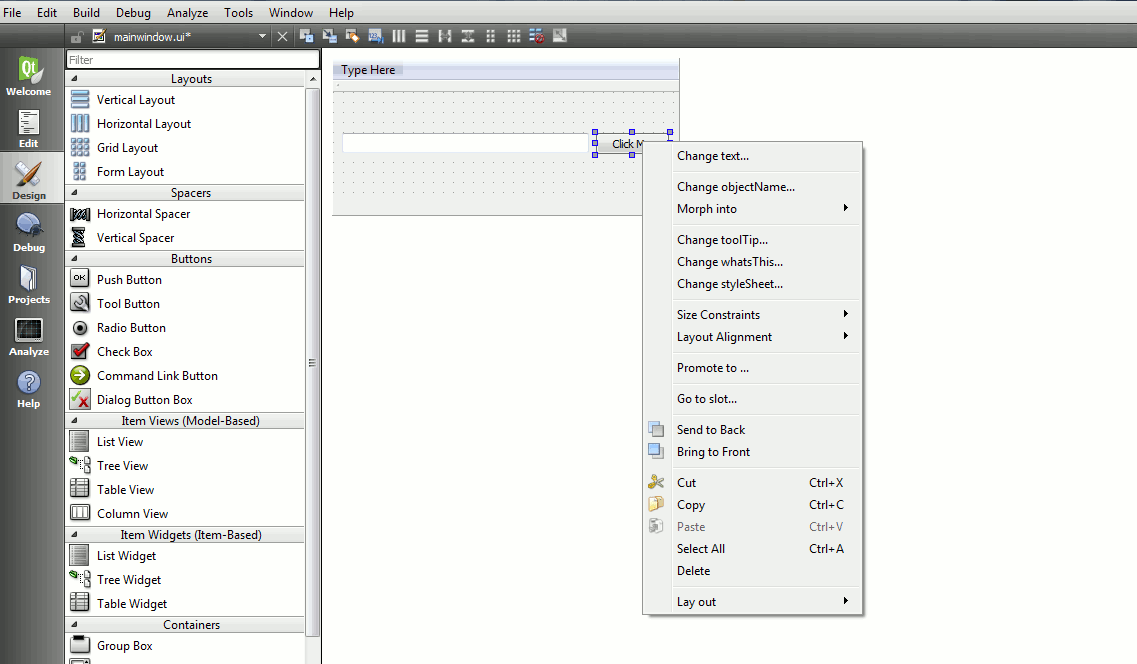Signal And Slots Qt5

In this tutorial we will learn How to use signal and slots in qt.
Signal And Slot Qt C++
File->New File or Project…


Traditional syntax: SIGNAL and SLOT QtCore.SIGNAL and QtCore.SLOT macros allow Python to interface with Qt signal and slot delivery mechanisms. This is the old way of using signals and slots. The example below uses the well known clicked signal from a QPushButton.The connect method has a non python-friendly syntax. Apart from the new syntax for traditional connections of signals and slots, Qt 5 has offered a new way to simplify such a binding process with C11 lambda expressions. As you may have noticed, it's kind of tedious to declare a slot in the header file, define it in the source code file, and then connect it to a signal. Signals and slots are loosely coupled: A class which emits a signal neither knows nor cares which slots receive the signal. Qt's signals and slots mechanism ensures that if you connect a signal to a slot, the slot will be called with the signal's parameters at the right time. Signals and slots can take any number of arguments of any type.
Applications->Qt Gui Application->Choose…
We keep the class as MainWindow as given by default.
SignalsAndSlots.pro
2 4 6 8 10 12 14 16 18 20 22 | #define MAINWINDOW_H #include <QMainWindow> namespaceUi{ } classMainWindow:publicQMainWindow Q_OBJECT public: ~MainWindow(); private: }; #endif // MAINWINDOW_H |
Signals And Slots Qt

mainwindow.cpp
2 4 6 8 10 | #include <QApplication> intmain(intargc,char*argv[]) QApplicationa(argc,argv); w.show(); returna.exec(); |